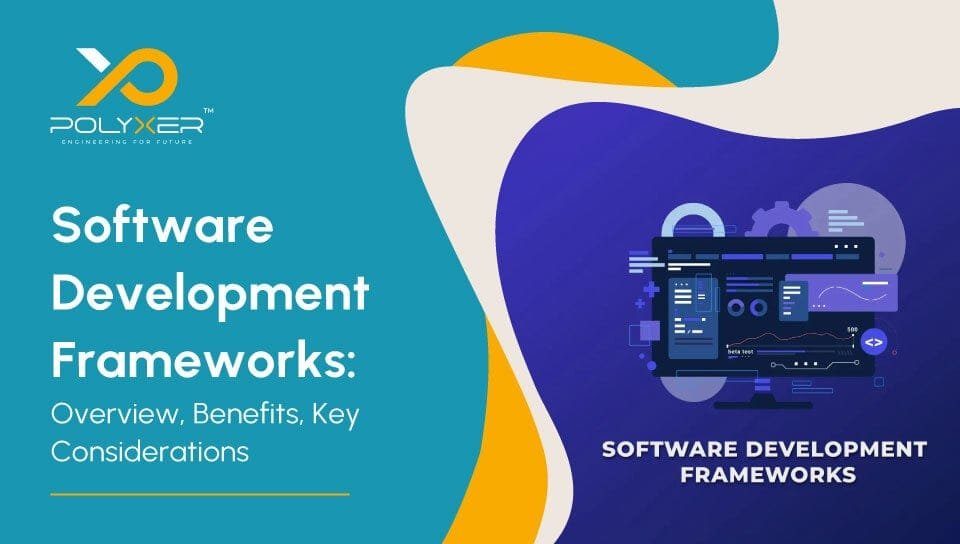
Software Development Frameworks: Overview, Benefits, Key Considerations

Lean Software Development: A Complete Guide
Introduction
Did you know that Twitter has numerous bots that utilize the Twitter API to interact with users and perform automated tasks? Or how APIs are a big part of E-commerce for operating functions like site search and currency conversion?
From websites that need to be authenticated by social media accounts to customer integration to Amazon, all of these and more rely heavily on APIs.
To define, Application programming interfaces (APIs) enable an application to extract functionality or data from another application or software to enhance its user experience and functionality.
You may have heard of the terms Web API and Minimal API and wondered what's the difference between Web API and Minimal API. Both are essential for developing interactive and functional web applications and perform relatively similar tasks, but some key features set them apart.
In this blog post, we will identify how each framework works differently, its benefits, and its limitations so that you can better understand which one is right for your project.
First, let’s quickly look at what API is in detail and their types, and then we will compare the Web API and Minimal API differences later in the blog.
What Is An API?
API stands for application programming interface and is a software-to-software interface that allows two different applications to communicate and interact with each other and offer information and functionality without user intervention.
It also allows software integrations as they expose a few of an application’s inside data that developers are using. You can request information from another closed-off application.
However, not all APIs are open meaning free or publicly available; some of them are private, which means they are only accessible by approved developers.

What Is API Architecture?
API architecture is a process of developing software interfaces exposing backend data and functionality for use in new applications. By using API architecture, developers can create a whole ecosystem of applications that are reusable, modular, and ideal for microservices.
It provides developers with methods and data formats to access the functionalities and resources of a software system without having to understand its internal workings.
What Is The Purpose Of API?

Below are six main uses of APIs:
- Power integrations
- Adding new features
- Improving application performance and functionality
- To serve as a medium of communication between Microservices
- To connect the ecosystem — Consumer to Business and Business to Business
- To examine applications’ data and the monetization potential of collected data
Now before directly comparing Web API vs Minimal API, let's see what both frameworks offer.
What Is Web API?
When an application delivers services to customers over the Internet, the service is called a web service, and the API of this service is called Web API.
A Web API is a framework used for building HTTP services that can be consumed by consumers on browsers, mobiles, iPhones, and tablets. It contains the features like routing, controllers, action results, filters, model binders, IOC containers, or dependency injection.
Web API is highly suitable for web browsers or web servers to provide services across multiple devices and on distributed systems. Developers can build Web APIs by using different technologies like .NET, Java, and others.
Features Of Web API
- Supports convention-based CRUD actions
- Accept header and HTTP status code responses
- Multiple text format support like JSON, XML, and more.
- Automatic support for OData
- Self-hosting or IIS Hosting support
- Developer friendly
- High scalability
- Superior security
- Easily manageable
Benefits Of Using Web API
Below are the top reasons for choosing Web APIs:
- Faster time to market
- Flexible enough for different project needs
- Provides necessary support from API management platforms
- Can build simple and functional HTTP services
- Allow easy configuration
- Easy to define, expose and consume
- Lightweight API architecture
- Ideal for devices with limited bandwidth
- Open source
- Reduces complexity for logic centralization
- Easy to maintain and comprehend
What Is Minimal API?
Minimal API has the minimal in it due to the concept of minimalism in its code. It is designed to develop HTTP APIs with minimal dependencies, making it ideal for microservices.
Furthermore, Minimal APIs are considered to be lightweight alternatives to web APIs. It has innovative features and can easily handle various tasks like routing, dependency injection, and middleware configuration.

Benefits Of Using Minimal API
- Lightweight and faster compared to Web APIs
- Provide better customization and control of the structure of APIs
- Parameter binding to map parameters in the URL to different types or names in your code
- Endpoint filter to validate parameters and support with logging management in code
- Route Group Filters that offer filtering capabilities of route groups
- Request Delegate Factories to build reusable middleware components
- The streamlined syntax reduces the quantity and complexity of code required to define API endpoints
- Speedy development
- Less boilerplate
- Ideal for prototyping and microservices
- Better performance due to lower overhead
- Lower barrier to entry
Web API VS Minimal API
When deciding which framework is best suited for your project, you'll need to consider the following factors:
Simplicity:
Minimal APIs are simple and easy to use, whereas Web APIs are quite complex due to their multiple functionalities.
Lightweight:
Due to minimal code, Minimal APIs are more lightweight for API development and are ideal for small projects. On the other hand, Web APIs are a good choice for large projects that require extreme functionalities.
Performance:
Both provide great performance; however, Minimal API is slightly better and faster than Web APIs.
Feature Rich:
When it comes to adding advanced features like authentication, authorization, and negotiation, it’s better to consider Web API instead of Minimal API.
Controller and Frameworks:
Web API offers external documentation and allows an application to later switch to microservices, whereas Minimal API supports the style of implementation to make it easy to follow and understand.
Summing Up Web API VS Minimal API
Deciding between Web API vs Minimal API when building APIs depends on your project requirements. As per the above comparison, it can be boiled down to the fact that they both are great APIs for websites or applications but have different benefits.
Web APIs are solid and powerful and offer great features for developing large-scale projects. Minimal APIs are great for lightweight and small-scale projects.
Armed with this knowledge, we hope you can make a more informed decision when selecting an API for your project.
Build Your API Architecture With Polyxer Systems
Polyxer Systems is a trusted software development company helping businesses with next-generation solutions. We have a highly skilled team of developers that can help you create secure and reliable APIs as per your project requirements.
To get started, contact our experts today!







